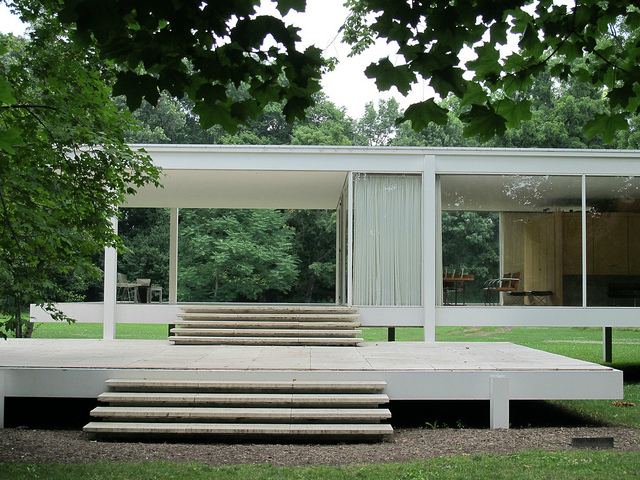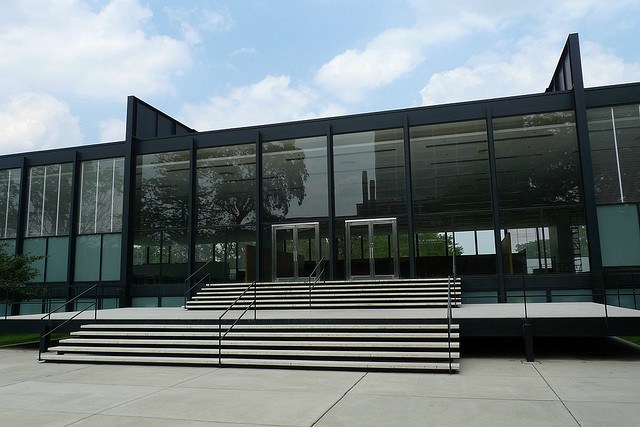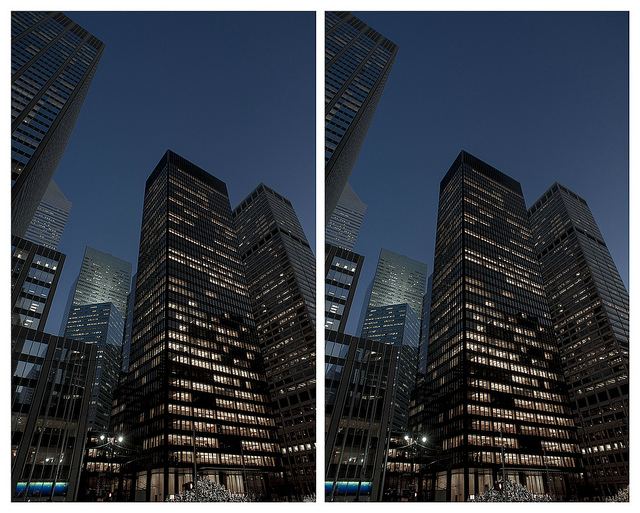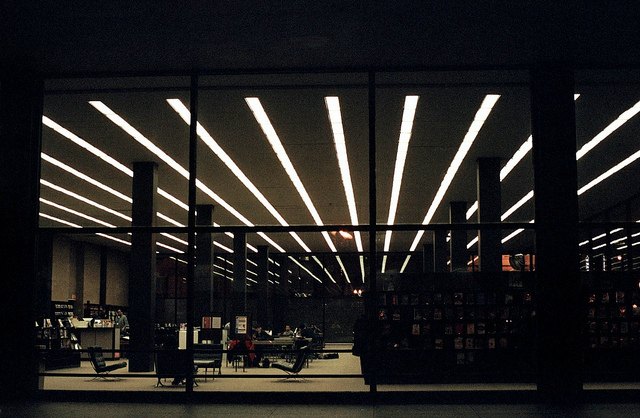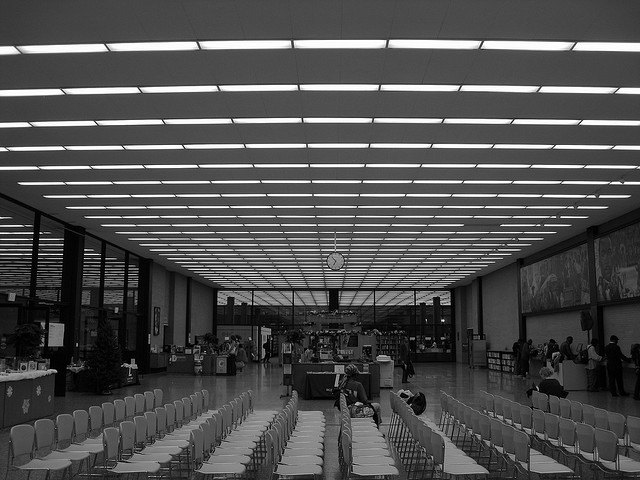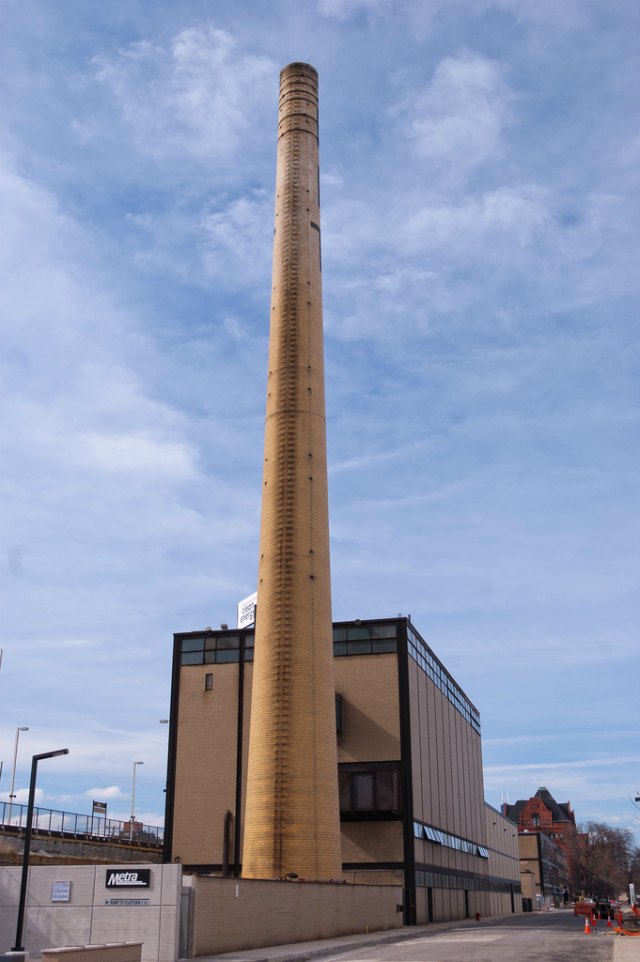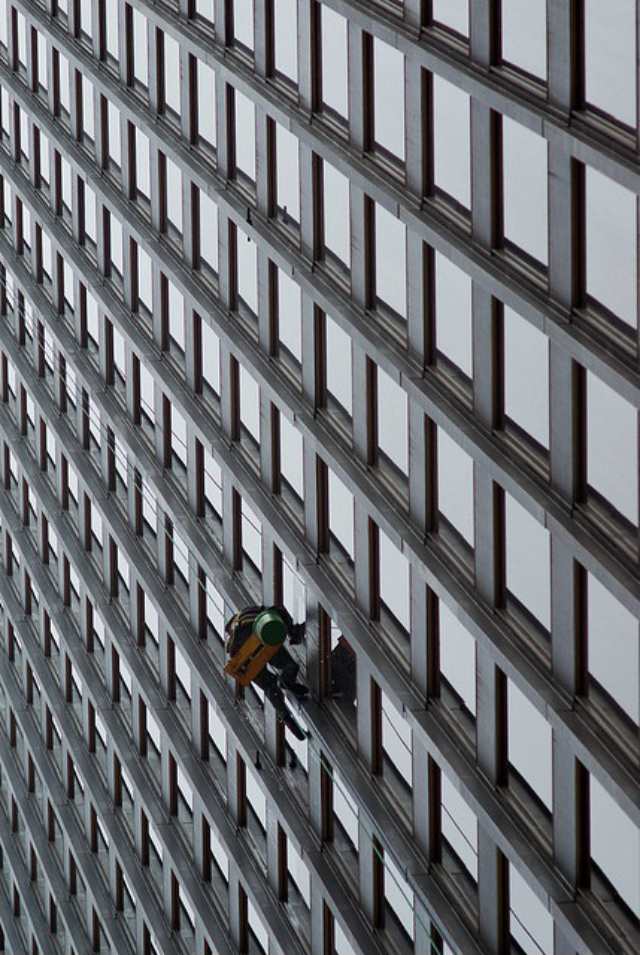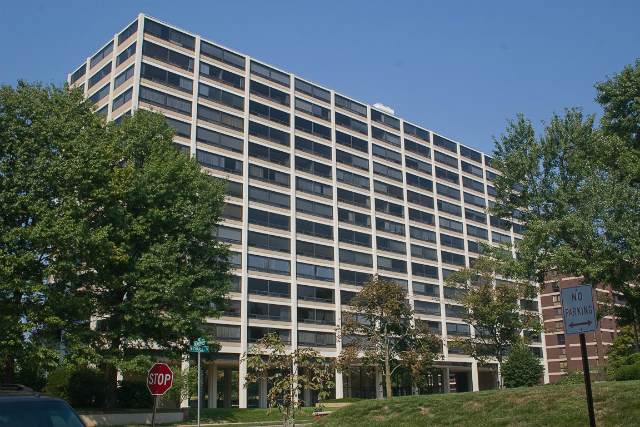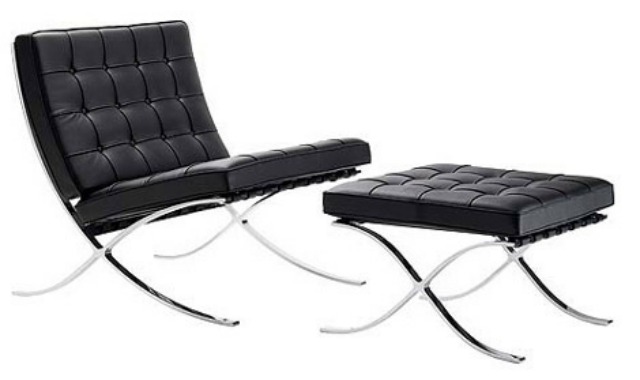Mies Van Der Rohe's Legacy Felt Beyond Chicago
By Chuck Sudo in Arts & Entertainment on Mar 27, 2012 7:00PM
The genius of today's Mies van der Rohe-inspired Google doodle is in its simplicity. Mies was already an architecture legend and his Modern architecture philosophy fully realized by the time he emigrated to the United States from Germany in 1937, due to a lack of work and the Nazis not being receptive to his designs.
When Mies took a job at the then Armour Institute of Technology (now the Illinois Institute of Technology) in 1938, he found a blank canvas in Chicago and almost immediately set upon remaking the campus and, in later years, Chicago and the world.
Mies' architectural style emphasized simplicity and structure; the maxim "less is more" is often attributed to him. His architectural philosophy was rooted in the Russian Constructivism movement, which embraced the use of architecture to further society, and the Dutch De Stijl architecture philosophy advocating simplicity. Mies' use of open space is a nod to the influence of Frank Lloyd Wright's Prairie style.
The buildings Mies designed for the IIT campus, such as S.R. Crown Hall, still stand today and were influences on the buildings designed later by Walter Netsch and Myron Goldsmith. Mies' Modern philosophy also helped usher in the Second Chicago School of commercial architecture, and its legacy is felt well beyond Chicago's city limits.
Take the Seagram Building in Manhattan, for example. Mies wanted the beams to be viewed as they were, but American building codes required steel to be covered in fire-retardant material—usually concrete. So he and co-designer Phillip Johnson used bronze toned I-beams, instead, to suggest the building's structure to people who looked at it. Over 1,500 tons of bronze was used in the building's construction. At the time of its completion in 1958, the Seagram Building was the most expensive skyscraper ever and influenced New York architecture for decades
MIes' last building project, the Martin Luther King, Jr. Memorial Library was completed in 1972, three years after his death. The only library designed by Mies, it cost $18 million to build and was added to the National Register of Historic Places in 2007. As DCist readers can attest, the building doesn't get much love and has been plagued for years by neglect. Inside the library, however, you'll find some of the boldest expressions of Mies' embrace of open space, almost as bold as at the Dirksen Federal Building and adjoining plaza.
Another Mies design on the National Register of Historic Places is Highfield House Condominiums in Baltimore. This 16-story building is balanced on columns that form a glass-enclosed lobby. Tinted windows give the building a sense of uniformity, and the use of brick harkens back to Mies' designs at IIT.
Mies designed the Barcelona Chair exclusively for the German pavilion at the 1929 Barcelona Exhibition, which serves as an early triumph of his Modern philosophy and is still a popular piece of furniture today.
Because it is Mies' birthday, we'd be remiss if we didn't share this little earworm first unearthed by Chicagoist's Prescott Carlson last year.
